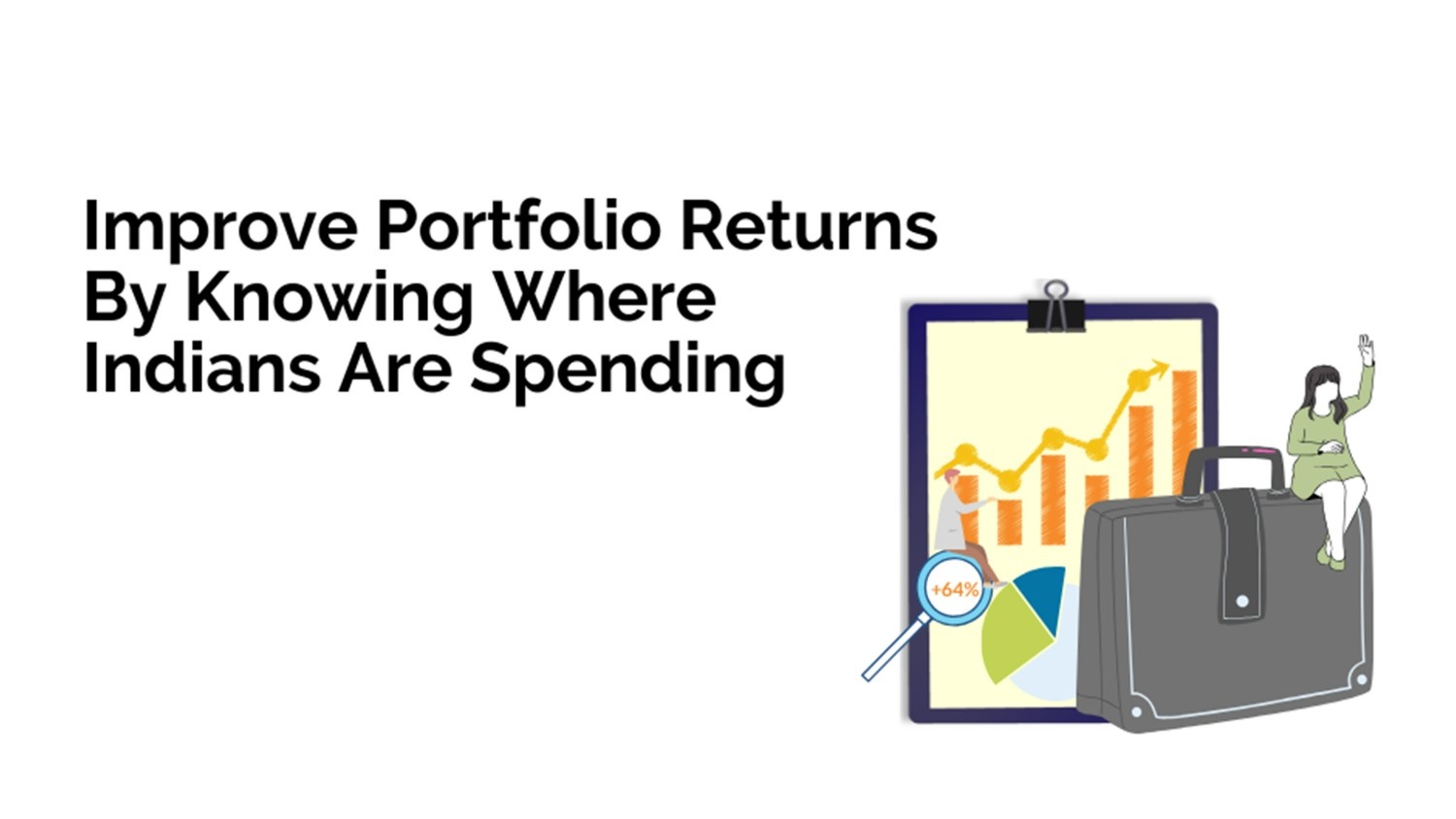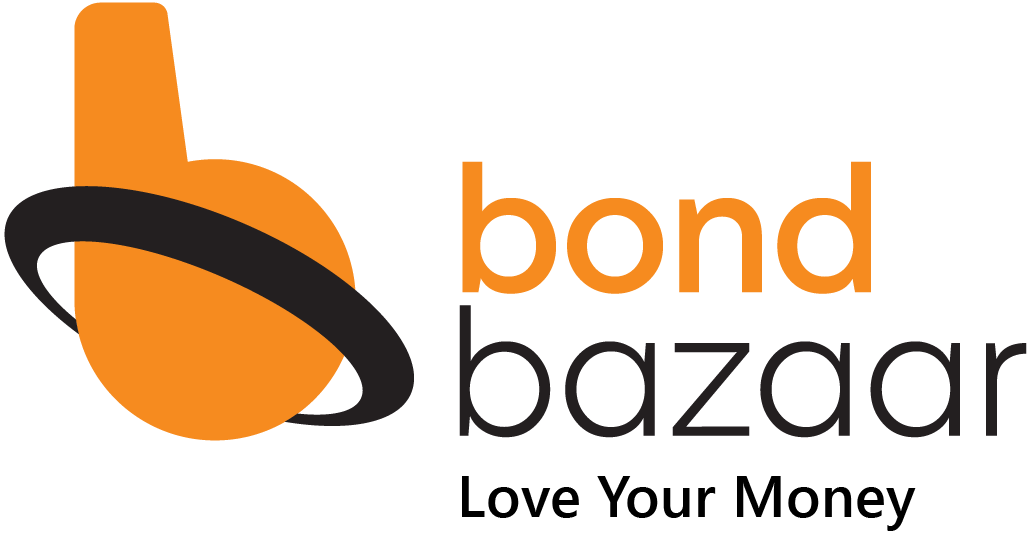Improve Portfolio Returns By Knowing Where Indians Are Spending

A recent survey conducted across India on household consumption patterns by the government has shown an interesting trend.
The data collated by the National Sample Survey Office shows that consumption of top-end goods is outpacing the growth of affordable items.
Sectors such as automobiles, home products, and even the liquor market indicate a rising appetite for premium products.
This shift, unmistakably indicating a rising middle class, primarily in urban areas, underscores the unprecedented vibrancy in the economy.
This shift, unmistakably indicating at a rising middle class primarily in urban areas, underscores the unprecedented vibrancy in the economy.
Is it any wonder that a 200-member team from soft drink major Coca-Cola is visiting India to look at the emerging opportunities?
Or that the CEO of IKEA, the world’s largest furniture retailer, told The Economic Times “India ranks no. 1,2,3…” in the priority list of investments for the company.
Lens On Consumption
The Household Consumer Expenditure Survey for 2022-23 conducted by the NSSO sheds light on this phenomenon.
Comparing it with the 2011-12 survey, we see a stark increase in spending by different income groups.
Notably, the top 5% of the urban population accounted for 21.7% of the rise in urban consumption.
This affluent group is driving the demand for premium products.
Not Just City Folks
Moving down the income ladder, the next 15% (90-95th percentile) contributed to 14.5% of the increased spending.
The top 20% accounted for nearly half of the spending hike over the 10 years.
Contrastingly, the bottom 30% only contributed to 15.3% of this increase.
The rural consumption pattern mirrors the urban trend, albeit slightly more balanced.
The top 20% in rural areas accounted for 45.7% of the increase in consumption.
So, it is not just the affluent in cities who are driving the consumption of premium goods.
Spending Pattern
Global financial powerhouse Goldman Sachs also recently noted that affluent India demonstrates unique spending habits, with a strong preference for luxury goods and services.
Their spending is largely on durable goods, luxury travel, and high-end healthcare.
This shift is redefining the consumer market, driving demand in sectors like fashion, wellness, and leisure.
Credit Card Usage
The usage of credit cards, too, is on the rise.
The Reserve Bank of India data shows that 16.71 million new credit cards were issued in 2023, compared with 12.24 million in 2022.
This steady rise in credit card issuance has been a trend over the past five years, culminating in an impressive 77% increase since December 2019, when the total number of credit cards in circulation was 55.53 million.
The rise in credit card usage could be due to the intense effort by banks to promote card usage and a shift in consumers' spending habits.
The rise in credit card usage among the affluent indicates increased spending ability and a higher level of consumer confidence.
Implications for Savings
This skewed income distribution has implications for personal finance.
Affluent individuals typically have a lower marginal propensity to consume. In simpler terms, they spend a smaller fraction of their additional income compared to lower-income groups.
This leads to higher savings rates, and makes capital available for economic growth.
Such savings are increasingly finding their way into stock markets through mutual funds and direct participation in the equity markets, resulting in the markets scaling a new high.

Several sectors are reaping the benefits of this shift in consumption.
The jewellery sector is seeing a surge in demand, healthcare services are growing, and there is an increased appetite for luxury and pilgrimage travel, and gourmet foods.
The growth in sales of Sports Utility Vehicles (SUVs) continues to be unbridled.
Rating agency CRISIL sees passenger vehicle sales rising to a new peak for the third straight time in FY25.
The rating agency expects SUV sales to rise 5-7% on a high base of 6-8% estimated in FY24.
Companies well-aligned with these trends are emerging as significant investment opportunities.
Financial Strategies
Understanding these trends is crucial for personal financial planning. Here are some strategies:
1. Investing in Growth Sectors: With affluent consumers driving premium product demand, investing in companies catering to this segment can be wise.
2. Savings and Investment Balance: Given the higher savings rate among the wealthy, finding ways to maximise savings and invest in high-growth avenues is crucial.
3. Navigating Income Disparities: Recognising economic trends can help in diversifying investment portfolios to mitigate risks and capitalise on emerging trends.
Adapting to Changing Times
For those keen on managing their finances effectively, staying informed about economic trends is vital.
It's not just about tracking where the money flows; it's about understanding the underlying factors and adapting strategies accordingly.
We are sure you enjoyed reading this article.
If you are interested in investing and want to learn more about Bondbazaar, sign up now to get started on your journey of common-sense investing. Trade bonds with the same ease that you do stocks.
